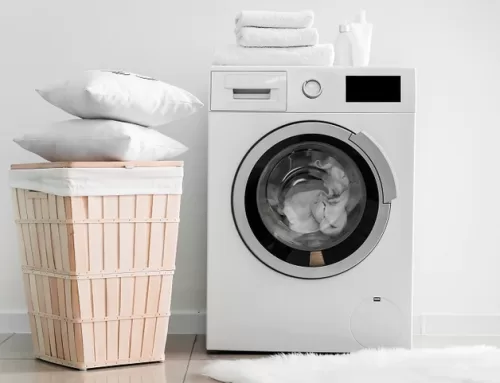Memory foam pillows are hypoallergenic, which means they’re less likely to cause an allergic reaction than other pillows. As they’re designed to resist dust mites and mould, memory foam pillows help to reduce allergy symptoms and give you a fresher, cleaner and more comfortable sleep.
Symptoms of a dust allergy
If you’re struggling to sleep, you might have a dust mite allergy. Here are seven symptoms to look out for:
- Watery eyes
- Runny nose
- Sneezing
- Wheezing
- Coughing
- Congestion
- Itchy eyes, nose and throat
Allergy suffers can experience these symptoms more at night if there is a build up of bacteria and dust in their bed. In particular, if you have asthma or hay fever, your symptoms might feel worse for the same reason.
A memory foam pillow can lessen your allergy symptoms because they are made with hypoallergenic materials that repel dust mites, bacteria and other allergens.
3 best memory foam pillows to reduce allergies



5 top tips to minimise allergy symptoms in the bedroom
1. Wash your bedding once a week at 60 degrees to kill bacteria
You should wash your bed sheets, duvet cover and pillowcases once a week at 60 degrees, as this is the temperature which kills bacteria.
2. Clean your pillow regularly
Maintain your memory foam pillow by cleaning it regularly. Although your pillow is anti-dust, there will still be a natural build up of sweat and dirt from you sleeping on it every night, which could worsen your allergies. Wash away any traces of bacteria by keeping it clean.
3. Choose anti-allergy bedding
You can go one step further to dust-proof your bedroom by choosing anti-allergy bedding, including your sheet, duvet cover and pillowcases. This will give you an extra layer of protection against dust mites.
4. Vacuum your bed
Vacuuming isn’t just for the floor – you should also vacuum clean your bed, mattress and pillow (with all the bedding removed) to get rid of any dust and hair. If you have pets who shed a lot, you might need to do this more often.
5. Close the window
Close the window to prevent pollen and dust coming into your bedroom from outside, which will make your allergy symptoms worse. If it’s too warm with your window closed, invest in an air conditioner which will cool you down and help to purify the air.
Last update on 2024-07-27 / Affiliate links / Images from Amazon Product Advertising API













